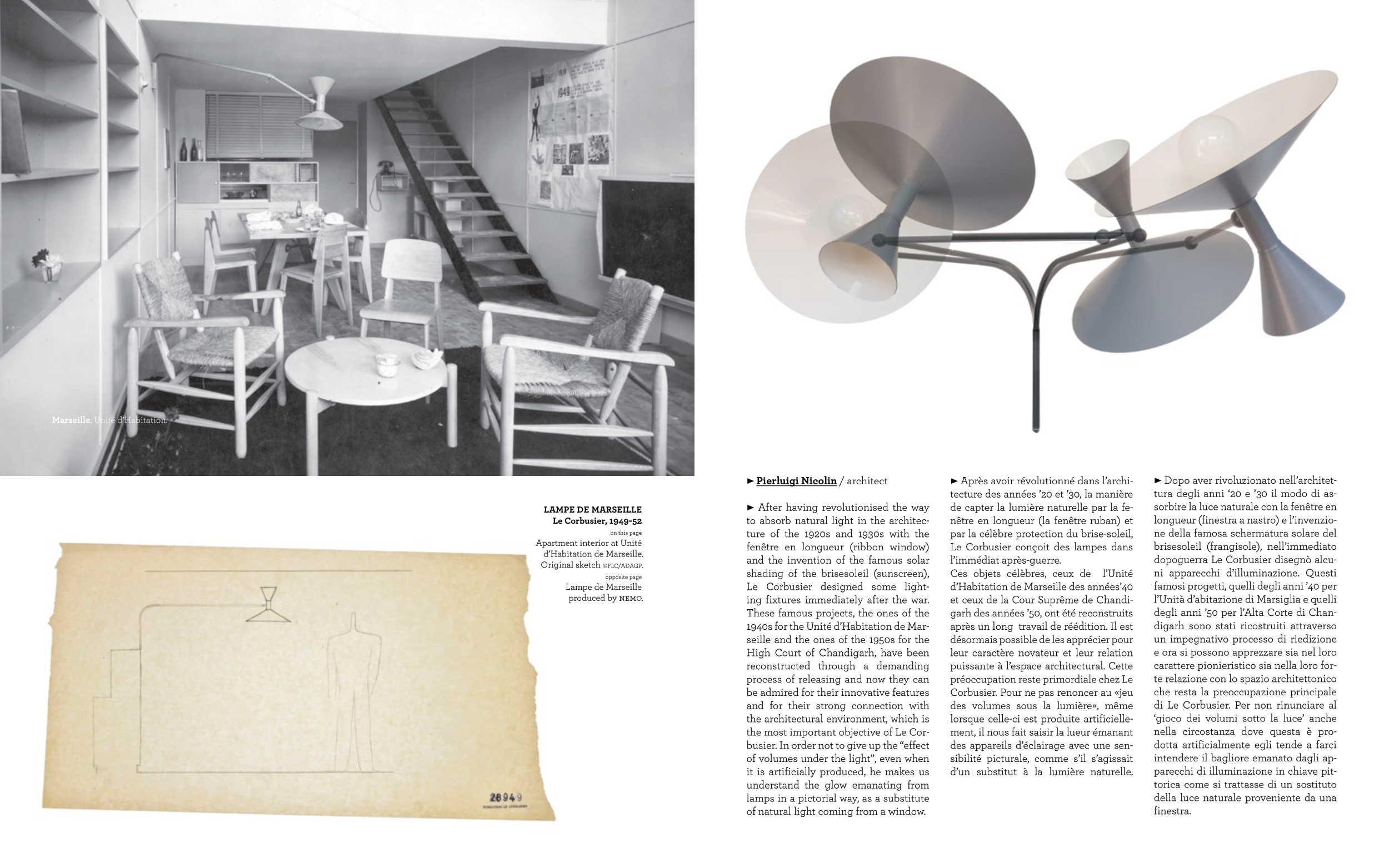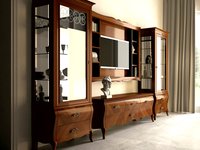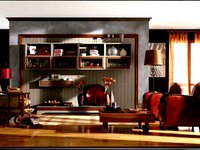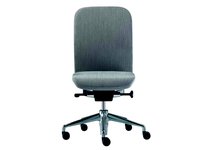► Pierluigi Nicolin / architect
► After having revolutionised the way
to absorb natural light in the architec-
ture of the 1920s and 1930s with the
fenêtre en longueur (ribbon window)
and the invention of the famous solar
shading of the brisesoleil (sunscreen),
Le Corbusier designed some light-
ing fixtures immediately after the war.
These famous projects, the ones of the
1940s for the Unité d’Habitation de Mar-
seille and the ones of the 1950s for the
High Court of Chandigarh, have been
reconstructed through a demanding
process of releasing and now they can
be admired for their innovative features
and for their strong connection with
the architectural environment, which is
the most important objective of Le Cor-
busier. In order not to give up the “effect
of volumes under the light”, even when
it is artificially produced, he makes us
understand the glow emanating from
lamps in a pictorial way, as a substitute
of natural light coming from a window.
► Après avoir révolutionné dans l’archi-
tecture des années ’20 et ’30, la manière
de capter la lumière naturelle par la fe-
nêtre en longueur (la fenêtre ruban) et
par la célèbre protection du brise-soleil,
Le Corbusier conçoit des lampes dans
l’immédiat après-guerre.
Ces objets célèbres, ceux de l’Unité
d’Habitation de Marseille des années’40
et ceux de la Cour Suprême de Chandi-
garh des années ’50, ont été reconstruits
après un long travail de réédition. Il est
désormais possible de les apprécier pour
leur caractère novateur et leur relation
puissante à l’espace architectural. Cette
préoccupation reste primordiale chez Le
Corbusier. Pour ne pas renoncer au «jeu
des volumes sous la lumière», même
lorsque celle-ci est produite artificielle-
ment, il nous fait saisir la lueur émanant
des appareils d’éclairage avec une sen-
sibilité picturale, comme s’il s’agissait
d’un substitut à la lumière naturelle.
► Dopo aver rivoluzionato nell’architet-
tura degli anni ‘20 e ’30 il modo di as-
sorbire la luce naturale con la fenêtre en
longueur (finestra a nastro) e l’invenzio-
ne della famosa schermatura solare del
brisesoleil (frangisole), nell’immediato
dopoguerra Le Corbusier disegnò alcu-
ni apparecchi d’illuminazione. Questi
famosi progetti, quelli degli anni ’40 per
l’Unità d’abitazione di Marsiglia e quelli
degli anni ’50 per l’Alta Corte di Chan-
digarh sono stati ricostruiti attraverso
un impegnativo processo di riedizione
e ora si possono apprezzare sia nel loro
carattere pionieristico sia nella loro for-
te relazione con lo spazio architettonico
che resta la preoccupazione principale
di Le Corbusier. Per non rinunciare al
‘gioco dei volumi sotto la luce’ anche
nella circostanza dove questa è pro-
dotta artificialmente egli tende a farci
intendere il bagliore emanato dagli ap-
parecchi di illuminazione in chiave pit-
torica come si trattasse di un sostituto
della luce naturale proveniente da una
finestra.
Marseille, Unité d’Habitation.
LAMPE DE MARSEILLE
Le Corbusier, 1949-52
on this page
Apartment interior at Unité
d’Habitation de Marseille.
Original sketch ©FLC/ADAGP.
opposite page
Lampe de Marseille
produced by nemo.






